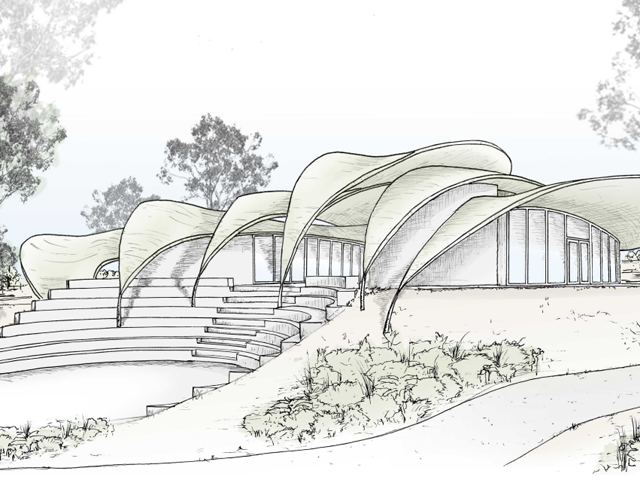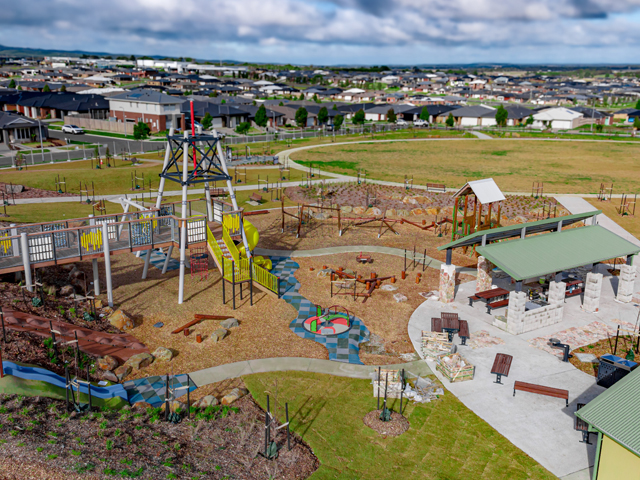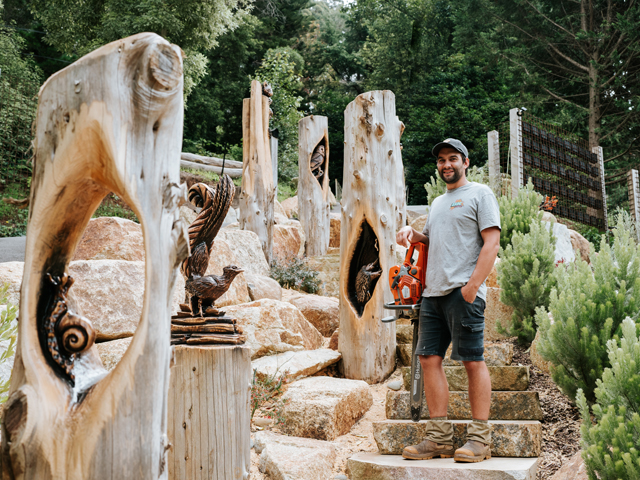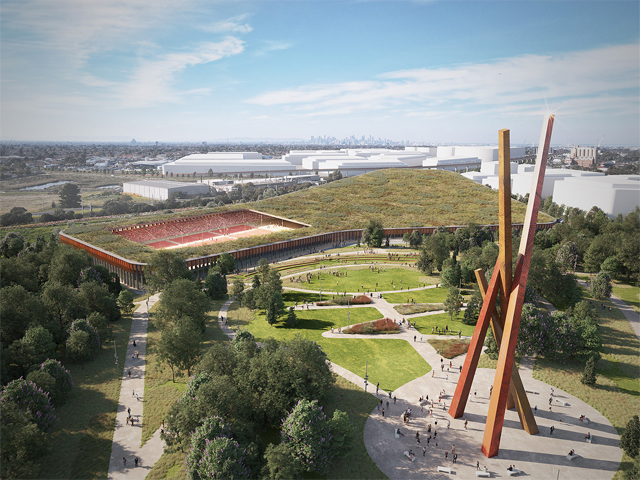SEA SHELLS BY THE SEA SHORE
14 Mar 2018
Belgian architect, Vincent Callebaut, has proposed a 27,000-square-metre eco-resort, inspired by the swirling shapes of shells, for Palawan in the Philippines that will be a leading example for his concept of triple-zero eco-tourism: “zero-emission, zero-waste, zero poverty”.

Callebaut was inspired to design the Nautilus Eco-Resort in response to the plummeting environmental state of the Philippines due to excessive fishing, high levels of tourism and excess carbon, plastic and toxic pollution.
“In a world that is shrinking,” explained Callebaut, “the Nautilus Eco-Resort project wants to extend the field of action of a triple-zero eco-tourism: zero-emission, zero-waste, zero poverty. Discover the world without distorting it. Revitalise ecosystems instead of impoverishing and polluting them. Actively participate in the restoration of cultural heritage. 
The design of the resort utilises the unique lagoon to mimic the shape of a shell
“Tourism has become the most important industry at the international level,” he continued. “Its potential to contribute to sustainable development is therefore substantial and can be reinvented. Since the early 1980s, ecotourism has been exploring ways to reconcile the socio-economic development of our societies with the protection of the environment.”
The Nautilus Eco-Resort will revive the community and protect the environment by appealing directly to environmentally-forward tourists in conjunction with scientific researchers. The eye-catchingly unique structures of the resort allude to biomimicry as the shapes are inspired by the ecosystems that surround the project and play on the unique shape of the lagoon. It will be completely self-sufficient, built from reused and recycled materials, and able to produce its own energy and food. 
The museum-hotels are designed to create the illusion of rising out of the water
The resort aims to help decrease poverty by relying solely on crowdfunding which will go towards the upkeep of the resort, and simultaneously provide jobs and economic growth for the local community. The beaches will be maintained by volunteers from the community and eco-tourists.
The eco-resort features two main architectural structures, both of which are designed to appear as though they are spiralling out of the water. The first is a series of twelve shell-shaped museum-hotels and the second is a set of twelve apartment towers that will rotate 360 degrees in a day to follow the path of the sun and offer spectacular views across the bay. 
The apartments rotate 360 degrees daily to follow the path of the sun
Scattered throughout the lagoon are small pavilions which allow for visitors to relax by the water, enjoying the views and taking a moment to appreciate the visual spectacle of the resort’s architecture.
At the centre of the eco-resort’s spiral is an “origami mountain” which will be covered in floral orchards and vegetable gardens. It will hold a nautical recreation base, a scientific research centre, a sports and seawater leisure pool, kitchens, a sports hall, a children’s home, and an elementary school. As the key intention of the resort is to fund environmental research while allowing for tourists and residents to develop awareness of the ecological state of the lagoon, combining these key recreational and research facilities aims to encourage social interactions between the two parties, and develop a relationship based on mutual respect for the environment. 
The resort will be constructed on two land spirals in a coastal lagoon, drawing inspiration from the Fibonacci sequence, and focuses heavily on reducing the environmental threats that the Philippine bay faces. The buildings will run entirely from renewable energy, both solar and tidal; underwater turbines will capture wave energy and the facades are to be covered in solar panels and self-sustaining materials. The excess energy will be directed to the local community, providing free energy and helping reduce greenhouse emissions.
In a dedication to complete sustainability from start to finish, environmentally friendly materials will be used throughout construction, including microalgae, linseed oil and local timber. 
The “origami mountain” will be covered in floral orchards and vegetable gardens
As the resort is heavily based on being completely sustainable, the building exteriors are designed to reflect this ethos. The roofs and façades will be covered in cross-laminated timber and combine plant walls and photovoltaic cells into bio-concrete that will increase the building’s thermal conductivity in order to produce natural cooling and heating and to generate electricity. The buildings will also use rainwater as the primary water source, and grey water will be recycled into waste stabilisation ponds that are featured in the resort’s gardens.
The primary mode of transportation is to be via electric boats and kayaks, allowing for the tourists to engage personally with nature and reduce greenhouse gas emissions. The boats will have flat bases in order to reduce damage to the lagoon’s environment. 
A large seawater leisure pool will feature inside the “origami mountain”
The resort aims to be a leading example of resilient tourism, encouraging tourists to traverse the world while maintaining an eco-footprint and helping to encourage local sustainability without destroying it. Caullebaut describes the core of his ideas as tourist’s “voluntary approach to reimburse ecological debt”. The plan is an ambitious one and, should it be developed, will pave the way for a revolutionary step forward in the world of sustainable tourism. 

MORE NEWS

JARRAHDALE TRAIL CENTRE TAKES DESIGN CUES FROM NATIVE FLORA

STRIKING GOLD IN BALLARAT

MASTERPLAN FOR INCLUSIVE, CLIMATE-RESILIENT COMMUNITY PARK IN LISMORE

WOOD CARVING WITH BRANDON KROON

HARNESSING THE POWER OF DESIGN TO TRANSFORM CITIES

